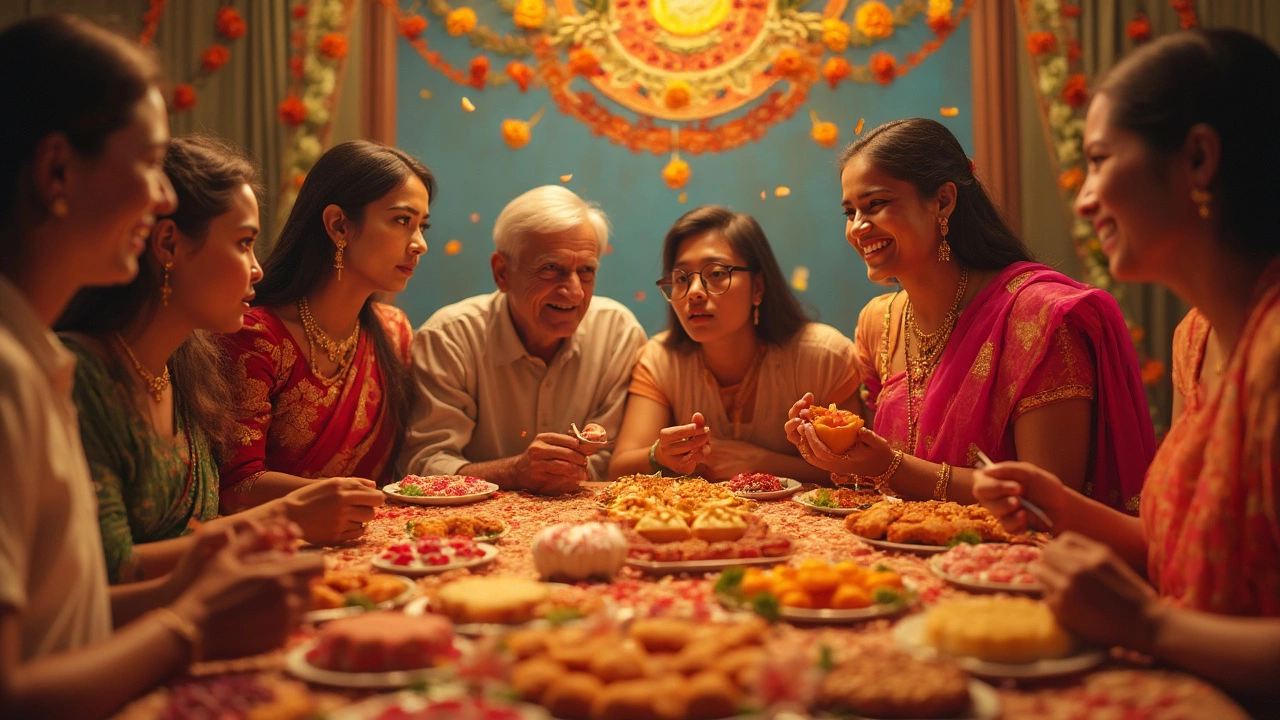Dessert Culture: Dive Into India’s Sweet World
India’s dessert culture is a mix of bright colors, bold flavors, and stories that go back centuries. Whether you’re eyeing a plate of gulab jamun at a wedding or a simple jaggery‑sweetened laddu at home, each bite reflects a part of the country’s daily life and celebrations. In this guide, we’ll break down what makes Indian sweets special and how you can pick healthier options without losing the joy of indulgence.
What Makes Indian Dessert Culture Unique?
First off, the ingredients tell a lot. Milk, ghee, jaggery, coconut, and a handful of spices like cardamom and saffron are the backbone of most recipes. These elements give Indian desserts a creamy texture and aromatic finish that’s hard to find elsewhere. Another defining trait is the festival link – every major celebration—Diwali, Eid, Pongal—brings its own signature sweet, from karanji in South India to pedas in the north. The variety isn’t just regional; it’s also shaped by religion and community traditions, which is why you’ll hear stories of why Muslims love special sweets during Eid or why Hindus avoid pork but enjoy rich dairy desserts.
Enjoying Sweets Without Guilt
If you worry about sugar spikes, you’re not alone. Luckily, the same pantry basics can be swapped for lighter versions. Try replacing refined sugar with jaggery or coconut sugar; they add a caramel note while keeping the glycemic load lower. For dairy‑heavy treats, use low‑fat milk or a mix of milk and almond milk to cut calories without losing creaminess. You can also bulk up desserts with nuts and seeds—almonds, cashews, and sesame add crunch and healthy fats, making a small portion feel more satisfying.
One practical tip is to control portions before you even start serving. Scoop a handful of laddus onto a small plate rather than moving a big bowl around the table. Pair sweets with a cup of unsweetened tea or black coffee; the bitterness balances the sweetness and can help you eat less. If you love the taste of classic sweets but want a modern twist, look for recipes that use roasted chickpea flour (besan) in place of some flour. It adds fiber and makes the dessert more filling.
Remember, the joy of dessert culture isn’t just about taste—it’s about sharing and stories. When you choose a healthier version, you’re still part of the tradition, just with a small tweak that respects your health goals. So the next time you’re at a party, try a bite of a milder, jaggery‑sweetened peda and notice how the flavors still pop. You’ll be keeping the culture alive while feeling good about your choice.
Bottom line: Indian dessert culture is rich, diverse, and full of easy swaps. By understanding the core ingredients, respecting the festive roots, and making smart ingredient swaps, you can enjoy sweets every day without the guilt. Grab a spoon, share a story, and let the sweet tradition keep thriving in your kitchen.
What Nationality Eats the Most Sweets? Surprising Truths and Indian Sweets Inspiration
Who tops the charts in eating sweets, and what makes them love sugar so much? This article compares global sweets consumption with a special look at Indian dessert culture. You'll discover quirky facts about national sugar habits, how Indians fit into the picture, and why Indian mithai stands out. Find out which countries’ people have the biggest sweet tooth and get quick tips for making your treats a bit healthier. If you've ever wondered why some folks reach for laddoos while others grab chocolate, this one’s for you.
